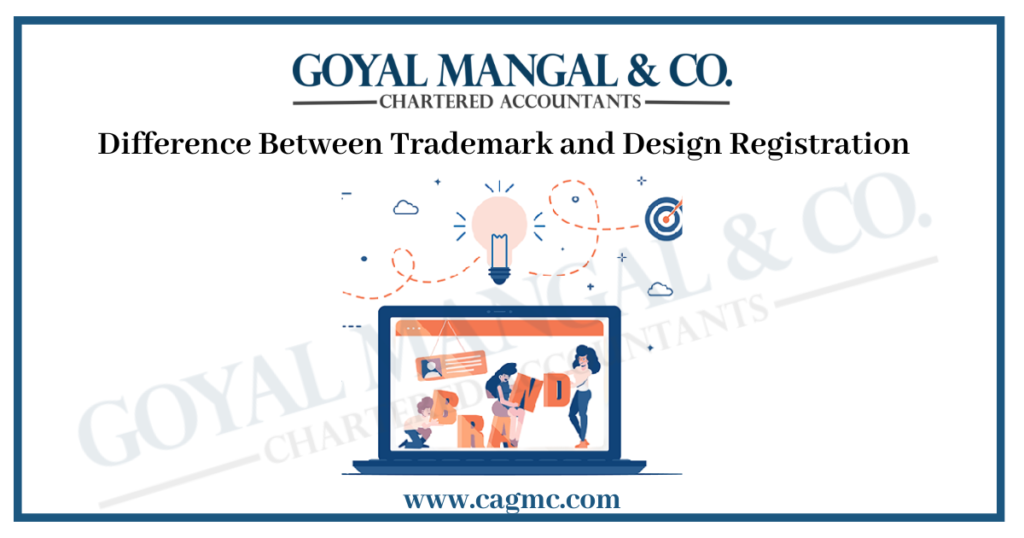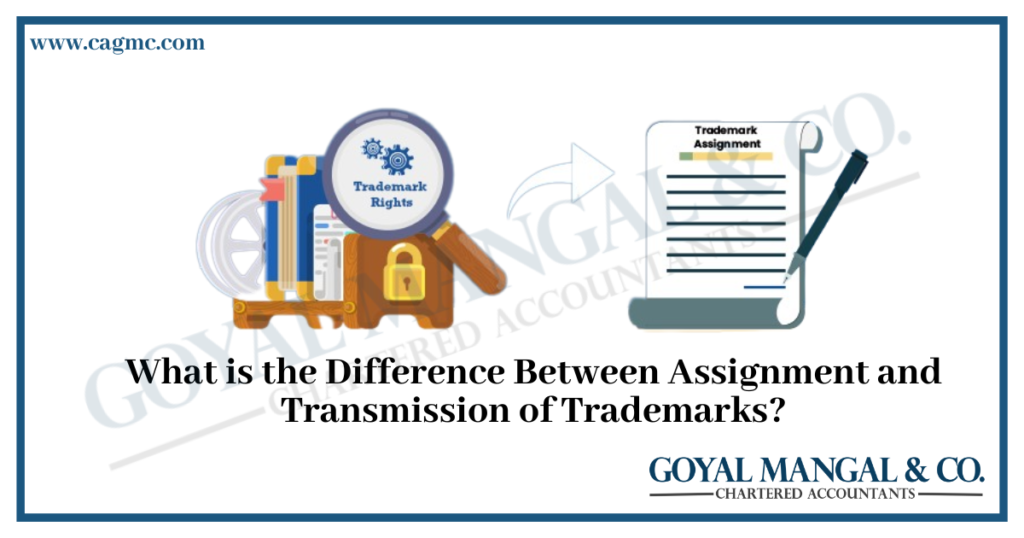
Every time we think of a product, the brand name and supplier immediately come to mind. We can still clearly recall the recognizable logos, jingles, and colour scheme of the product’s packaging. A trademark refers to a distinctive symbol, image, or sound that aids in the identification and differentiation of a particular product by consumers. The unique identifier of a product might be linked to its identification number. In this article we’ll discuss the types of trademarks in India.
Table of Contents
Meaning of Trademark
According to Section 2(zb) of the Trademark Act, 1999, a trademark is defined as a mark that can be visually represented and has the ability to differentiate goods and services belonging to one individual from those of others in the marketplace. The principal purpose of a trademark is to differentiate itself from other trademarks within the same category of goods and services. Consequently, a trademark that possesses distinctiveness is considered the most favourable type of trademark.
A trademark provides legal protection for various forms of trademark in intellectual property, including symbols, words, phrases, designs, logos, or any combination thereof.
Trademark Checklist
A trademark should be visually appealing and convey the spirit of the product. The following points to be considered prior to trademark registration:
- The features of a trademark must unquestionably be mentioned clearly brand, label, heading, signature, packaging, logo, and much more.
- It should be easy to read and speak.
- It should not be very lengthy and, preferably, be simple to recall.
- It has to be Special.
- Well-crafted trademarks encompass elements such as words, phrases, distinctive expressions, or various geometric patterns and designs.
- It is only indicative of the nature of the products; it cannot be descriptive.
Importance of Types of Trademarks in India
Prior to submitting a trademark application, it is essential to acquire an in-depth understanding of the distinctions among various types of trademarks. Seek legal protection under the Trademark Act of 1999, it is necessary that a mark be unique and distinctive rather than generic. If a trademark appears to bear resemblance to existing marks in the market, it may be advisable to make alterations to the mark in order to meet the requirements for registration.
The significance of a trademark’s distinctiveness is of utmost importance as it provides a unique identity upon the associated product. Before the implementation of regulations pertaining to trademarks, a significant amount of uncertainty and perplexity prevailed within the industry. The establishment of brand loyalty among consumers was challenging due to the lack of immediate recognition of the goods or services provider.
Types of Trademarks in India
The different types of trademarks in India are:
- Word Mark: Words, letters, or numbers can all be used as word marks. A word mark grants the owner exclusive ownership of the word, letter, or number; no claim to the mark’s representation is made.
- Device Mark: A device mark may also include a phrase or group of words and uniquely identifies a logo, label, or design in the picture format.
- Service Mark: All that a service mark is is a symbol that sets one person’s services apart from another. Service marks identify a person or business’s services rather than their products. In a service industry, they are employed in lieu of trading actual goods bearing the mark. There is a system in place to safeguard trademarks used in the service sector. Consequently, businesses that offer services such as computer hardware and software assembly and maintenance, restaurant, and hotel services, etc, can now safeguard their names and trademarks against unauthorized use.
- Collective mark: Now, a group of companies can jointly protect marks that they utilize. Collective markings serve to educate the public about a specific product feature that is associated with the mark. Such trademarks may be owned by a cooperative, association, or government agency. Collective trademarks are also used to market specialized goods that have features unique to the manufacturer in a particular area.
- Certification Mark: Standards are defined through certification marks. They reassure customers that the product satisfies requirements. A product with a certification mark has successfully completed a predetermined standard test. The buyer is reassured by the fact that the makers have through an auditing process to guarantee the product’s quality. Toys and electrical goods, for instance, are marked with information about their safety and quality
- Well known marks: A mark becomes a well-known trademark when a significant portion of the public can recognize it with ease. Well-known trademarks have better protection, and people cannot register or use marks that are copies of well-known trademarks
- Unconventional Trademarks: An unconventional trademark refers to a distinctive symbol, sign, or identifier that deviates from traditional and common trademark forms, such as logos or brand names. It encompasses unique elements like colours, sounds, shapes, scents, or even motions that serve as recognizable and protectable trademarks.
Types of Unconventional Trademark
The 4 types of unconventional Trademark are:
- Colour Trademarks: These are trademarks based on specific colours or colour combinations used to identify products or services. For example, the distinctive red sole of Louboutin shoes.
- Sound Trademarks: Sound trademarks are unique audio elements associated with a brand or product. The NBC chimes or the Intel jingle are well-known examples.
- Shape Trademarks: These trademarks protect unique shapes or designs of products or their packaging. The contour bottle shape of Coca-Cola is a famous example.
- Scent Trademarks: Unconventional trademarks can also be based on distinct scents associated with products. For instance, the floral scent of a particular brand of sewing thread.
These non-traditional trademarks may be registered and protected if they are distinctive, non-functional, and can be associated with a specific source or brand.
Types of Trademark Application
Certainly, here are the key points about different types of trademark applications:
- Single Class Application:
-
- For one class of goods/services.
- Simplified process and fee structure.
- Multiclass Application:
- Covers multiple classes in a single application.
- Cost calculated per class.
- Entire application can be rejected if an issue arises in any class.
- Conventional Application:
- Allows applicants from convention countries to file in India within six months of their home country filing.
- Trademark Registration date based on the filing date in the convention country.
- Series Mark Application:
- Used for similar or related trademarks.
- Marks should belong to the same goods/services category.
- Non-distinctive features like colour or size can vary.
- Certification Mark Application:
- Indicates a product/service meets specific standards.
- Common examples include ISI, Wool mark, and Organic India.
- Collective Mark Application:
- Filed by organizations for members who meet defined standards.
- Only members can use the mark.
- Example: ‘CA’ for Institute of Chartered Accountants members.
Each type of trademark application serves specific purposes and should be chosen based on the nature of the mark and the applicant’s needs.
Takeaway
Before a trademark registration, it is crucial for owner to know the trademark protection level that each type of trademark offers. The rationale is that each one has particular components and requirements. A trademark owner can monetize both his and her product and trademark by using this valuable instrument. Additionally, a trademark serves as a barrier between the registered trademark owner’s rights and those of other market competitors. Finally, a it serves as a weapon that enables its owner to employ the rights entrusted to him to pursue legal action against those who violate it. Consequently, before registering a trademark, its types must be given the utmost consideration.


